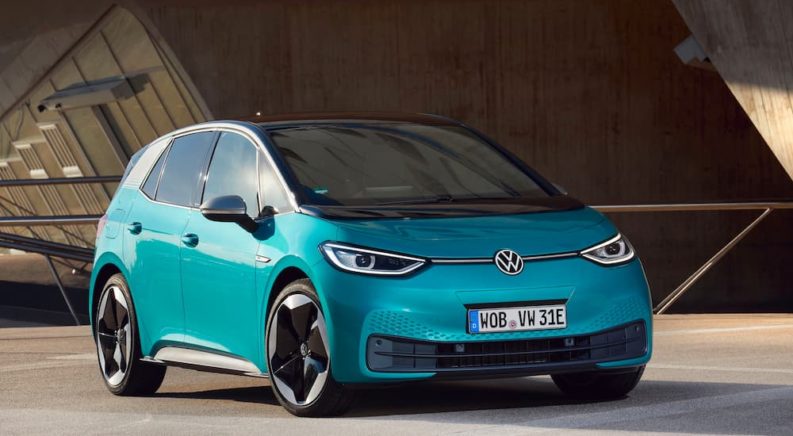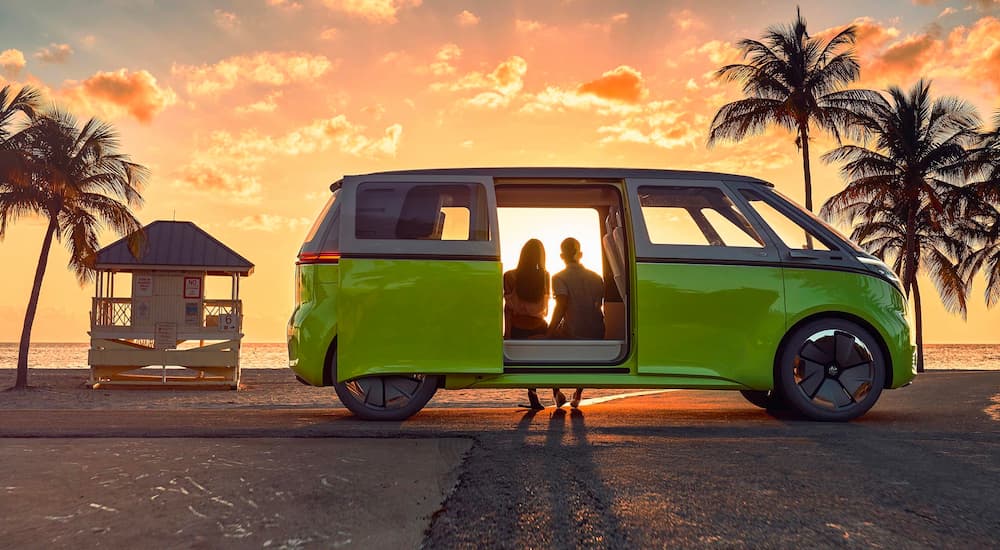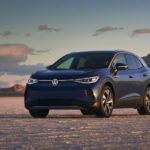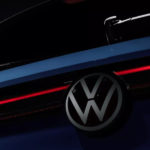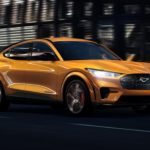In the past several years, it has become abundantly clear that the future of the automotive industry depends on electric vehicles (EVs). With concerns being raised over rapidly depleting fossil fuels, increased emissions, and the overall well-being of our planet, more and more automotive manufacturers are releasing their plans for an all-electric future. As a result, Volkswagen electric car dealers are now becoming more and more common in both Europe and the United States.
European-based manufacturers are especially feeling pressure to meet the newly developed EU regulations regarding emissions and safety standards. But with so many announcements celebrating new EVs coming out in rapid-fire succession, it can be hard to piece together the actual plans for Volkswagen’s new electric future. There seem to be plenty of plans, but how will they impact the American market? What can we expect from Volkswagen’s EV plans on this side of the pond?
The Battery That Powers The Future
“The battery is the technical heart of the electric vehicle as it determines driving pleasure, costs, range and charging experience,” stated Thomas Schmall, member of the Group Board of Management for Technology and CEO of Volkswagen Group Components.
Indeed, the battery truly is the component upon which the future of EVs depends. The concept of EVs has been around for decades, with battery-operated cars dating back to the early days of automobiles. Many manufacturers around the globe have tinkered with an electric or hybrid model since the 1970s, when political unrest in the Middle East led to difficulty in procuring oil. But creating a battery that can provide a driving experience comparable to a gasoline or diesel vehicle has proven to be a challenge.
In fact, as Schmall points out, it is the perceived inefficiency and difficulty in maintaining a battery-operated car that seems to be the crux of public resistance to EVs. As a result, manufacturers such as Volkswagen are finding themselves pushing hard to gain public approval. The only potential solution for this roadblock is a battery that can meet the needs of drivers, and Volkswagen might have just the right technology to make this happen.
To make this happen, Volkswagen has taken strategic steps, including testing and development of scalable battery systems that can offer drivers a choice in battery sizes. Those who require a longer range would have the option of more battery capacity, with aluminum compartments storing the battery modules in each vehicle. In the ID.3, the smallest 45 kWh battery would have seven modules, while the longest-ranged 77 kWh battery would include twelve modules. The power would be in the hands of the people, so to speak, with drivers able to select the right battery much as they can choose between an inline-4 engine or V6 in today’s gas-powered automobiles.
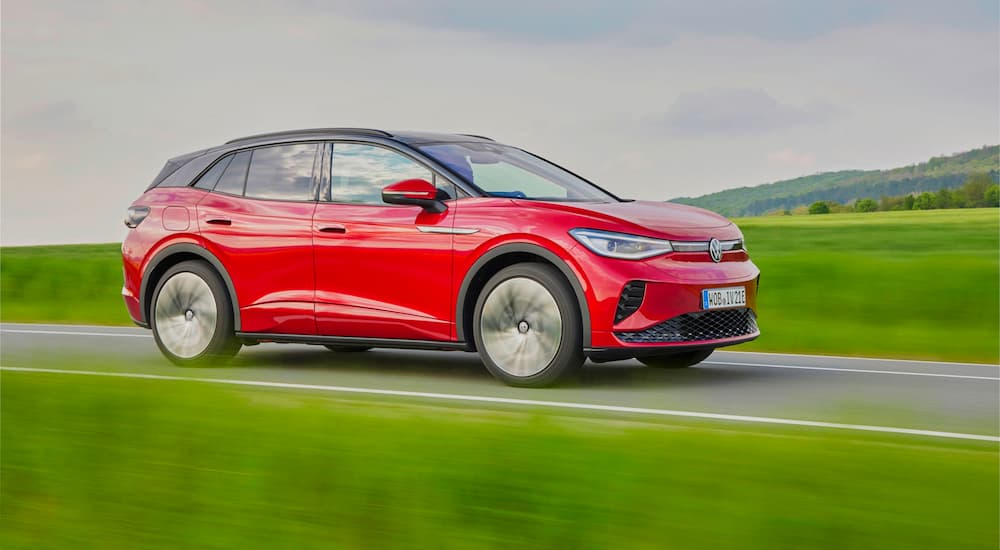
Salzgitter und Braunschweig
“Between now and 2025, we will introduce a new electric vehicle every year. This year it is the sporty SUV Coupé ID.5; next year our new icon, the ID.BUZZ. In 2025, we will present a model below the ID.3, which will make electric mobility available to even more customers,” stated Thoms Ulbrich, Volkswagen Brand managing board member for Technical Development.
VW’s current goal is to have electric cars make of 70% of its European sales and 50% of its American and Chinese sales by 2030. By 2050, the brand hopes to be selling 100% electric cars worldwide, a bold and admirable goal for a global vehicle manufacturer. With this aggressive schedule, it is clear Volkswagen is working with cutting-edge battery development technology.
At the Center of Excellence in Salzgitter, Volkswagen’s Group Components workers are testing, developing, and researching next-generation solid-state batteries. The goal of this team is to create next-level battery technology that can undergo the rigors of daily driving while reducing cumbersome maintenance and charging procedures. Volkswagen eventually hopes to start producing battery cells at this facility.
Braunschweig is the site of the Volkswagen Group Components plant, where the battery systems are produced and developed. This site has expanded to accommodate the production of over 500,000 batteries a year, with additional production sites planned for China, the Czech Republic, and the US. Volkswagen is also partnering with Swedish battery producer Northvolt AB, with investments totaling over $620 million to aid in the production of premium battery cells slated to power the VW EVs of 2023 and onward.
The Proof Is in the ID
Of course, these are all just bold words and impressive investments without an actual electric vehicle to back them up. But with the ID.4 voted 2021 World Car of the Year, it seems that Volkswagen is already well on the way to building capable electric cars. While the ID.4 is already arriving at dealership lots, Volkswagen is allowing future EV drivers the opportunity to “test drive” the SUV via 3D Augmented Reality on the manufacturer’s website.
The ID.4 has seating for four adults, a maximum cargo capacity of 64.2 cubic feet, and an EPA estimated range of up to 260 miles. Features drivers of SUVs generally gravitate towards, such as LED lighting and all-wheel drive, are available on Volkswagen’s EV as well. In fact, early reviews indicate that the only major difference from a gasoline-powered SUV is the absence of trips to the gas station.
Soon to follow is the ID.5. Currently a concept vehicle, the ID.5 GTX-02 is billed as an “SUV coupe” that combines the aesthetic of a coupe, the can-do attitude of an SUV, and the sporty performance that comes to mind with the “GTX” moniker. Volkswagen debuted the ID.5 GTX at the IAA Munich Motor Show on 7 September 2021, albeit still under swirly red and green camouflage. However, the ID.5 will be built on the same platform as the successful ID.4 and should offer similar performance. Though it’s not quite ready to meet the world as a finished product yet, Volkswagen is clearly confident that the ID.5 will make history as the first SUV coupe based on the Modular Electric Drive Matrix.
VW has already released information regarding their plans to make charging the ID.4 and ID.5 easier for drivers. They currently participate in a rapid charging network in Europe and plan to install a total of 11,000 Volkswagen charging stations by 2025 across the continent. Though no mention has been made of VW charging stations in the United States, it is clear that the company is highly motivated to invest in charging technology that drivers can use very simple, both on the road and at home.
Get Ready For An Electric Future
Whether you’re ready or not, the electric future is here. While American manufacturers Chevy and Ford lead the EV charge here in the United States, Volkswagen is keen on exceeding EU environmental mandates for the automotive industry. Given the significant popularity of the German brand in the US, it’s only a matter of time before VW’s EVs appear on the interstate highway.
Interestingly enough, Volkswagen appears to be all in on their investment into EVs. Their dedication to battery technology proves that they are taking their emergence into electric power very seriously. Given previous years’ controversy regarding their emissions rating, it is certainly a positive sign that the manufacturer has become intensely involved in the research and development surrounding a more efficient, more driver-friendly battery technology for its vehicles. While only time will demonstrate how successful the ID.4 and ID.5 will be in the global markets, it is clear from the early reviews and input of experts that they are on the right track for becoming the new standard for electric SUVs around the world.

